The 'Choosing what to create' dilemma
You want to make something. You sit there in front of an empty canvas, a blank sheet of paper, or digital file. What do you put on it?
There's an infinite amount of potential colour or line combinations you could create. And even if you have something in mind, like a drawing of your pet, there's endless styles, perspectives, and ways of taking on the task. Making the perfect choice and taking the most correct path is impossible. There is no correct path.
It seems like you have three choices:
- Wait patiently for your internal muse to inspire you.
- Start doing something immediately and hope for the best.
- Get overwhelmed at your limitless ideas and possible directions to go in, subsequently having a complete meltdown.
I tend to do a combination of all three! Although I wouldn't consider them much of a choice. Sometimes it just depends where you're starting from. For example, if you're in the habit of focusing and creating on a daily basis, starting on the next thing isn't going to be as taxing compared to when you've had a long break away from it. Getting back into the habit to begin with is often half the battle. Knowing the general direction you want to head in also helps.
But what happens when the muse has left you, the goal is unclear, and overwhelm is kicking in?
Right now, I'm at a point where I don't know what to do for the best. Both so far as knowing what type of art to create, and also what steps to take in order to survive financially.
I'm supposed to be a professional, yet I'm stuck
Over the years, I've created thousands of artworks, graphics, and illustrations. Identifying as an artist is a huge part of who I am. Therefore, shouldn't it be easy to know what to do next?
This year I've begun feeling like "I'm done." Or that "I just don't know what else to do."
When it comes to ability, there's always room for improvement. I'm nowhere near the level of skill or talent I'd wish for. No artist ever is. But I feel like I've somewhat plateaued. Reached my limit. Peaked. Or perhaps gone as far as I am willing?

When I was a kid, I used to love 80s and 90s video and game box art like the ones above. I'd often draw my own sci-fi and fantasy characters based on this kind of stuff. It was great! Even though I was a million miles away, skill-wise, it didn't matter. I used to wonder, "Maybe one day I'll be pro and good enough to create box art for games like this?"
I'm sure creating art for relatively unknown B-movies and obscure games back then wasn't a glamorous job or particularly lucrative. No doubt I would have been better off training to become a doctor or something. I didn't know. I didn't care. If I could just create artwork on the same level, I would have achieved my life's dream!
Fast forward to 2024, and I'm now at a point in my life where I look at these and think, "I could actually do that!" Although the first cover in particular (Mirai Ninja) is still pretty badass!
Granted, the bar for this genre of art has risen massively over recent decades. I often see a million other pros out there producing next-level, mind-blowing images. But the goal was never to be the greatest of all time. I just wanted to feel like my artwork was on par with the box art I used to admire all those years ago. Now I do. See examples below. Considering where I started, the personal obstacles I've had to overcome, and my lack of genuine talent, I'm seriously proud of what I've managed to achieve.
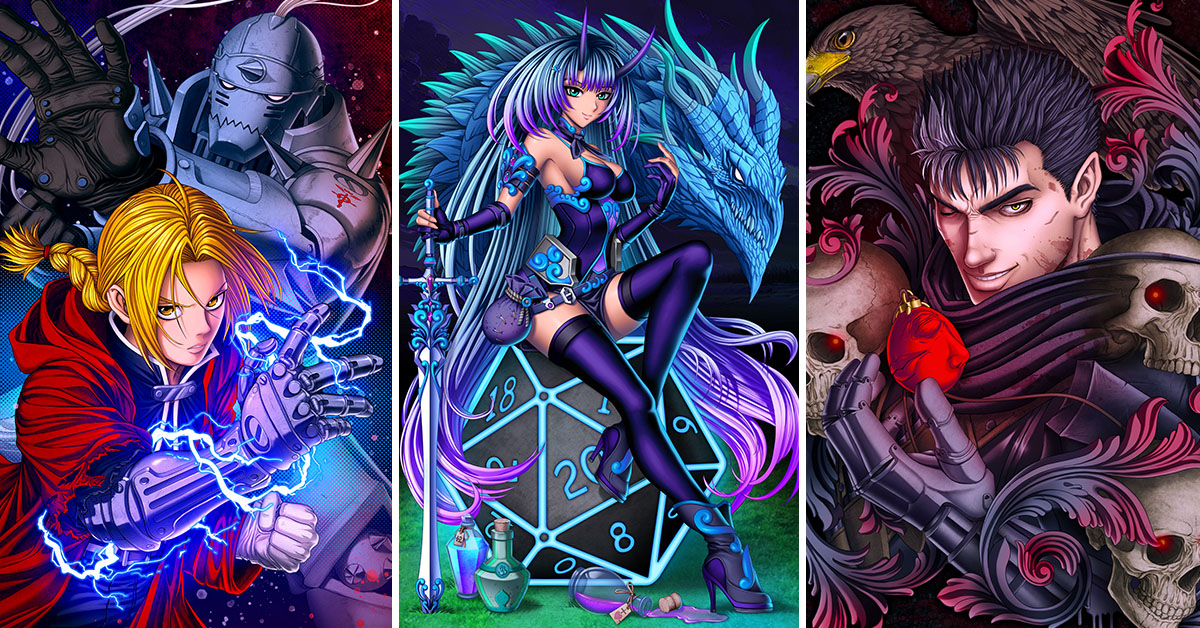
I've reached the goal. More or less. Although imposter syndrome kicks in often and I start to doubt myself. Am I actually any good? Was it all just luck? I still don't really know what I'm doing!
So why am I concerned, frustrated, confused, and lacking direction? It must be because I've finally reached a huge milestone in my life, and yet at the same time, surviving as an artist got harder!
Let me explain my current situation
There are a million different art styles I've fallen in love with over the years, but for the most part I ended up going down the comic and anime route. Particularly, recent years were spent concentrating on anime fan art to sell as prints at comic conventions and online. It took a few attempts to get right, but eventually people started buying my work. It was awesome. I'd gone from producing How-To-Draw Manga books, which required hundreds of drawings, thousands of lines of text and several months of my time, to making single art prints, which sold at a similar price point to a book. And despite young talent rising all the time, I could still compete as a now 'old-skool' artist in his 40s.
Then it went bad. Even though my skills and product range are better than ever, selling art has become much, much harder. Due to increased competition, the rise of AI, and soaring living costs, I've seen my sales decrease by 70% in recent years. Paying bills and making a modest living solely from art has become difficult, to say the least!
I could continue to push out a new fan art piece every so often, but there's no way adding more of the same would get sales back up by 70% or beyond. Even if I were to double my output.
How should an artist spend their time?
To reiterate the title of this post, what the hell are artists supposed to do? What is the best way to invest our time? What should we be creating? How much time should we devote to the different aspects of our business, i.e. making, sourcing materials, promotion, and so on?
We live in an age where the answers to these questions are never far away. Ask Google or Youtube "how to be a professional artist" or "how to run an art business," and you'll find plenty of advice. But will that advice help YOU? The trouble with advice is that it's either middle-of-the-road general statements that anyone with an average IQ could have worked out for themselves, or it's specific to the advice giver's very particular situation.
What I personally want to know is, where do I, Ben Krefta, go from here? Given the fact I've done a load of stuff and lived on this earth for over four decades, what should my next move be?
I tried some things
They said to create a website. So, I invested several months learning graphic design and how to code and made a site. I then worked as a web designer for a number of years before making myself a new one.
They said get on social media, so I got on Facebook, Instagram, Twitter/X, Pinterest, Tumblr, Deviant Art, Art Station, Cara, Youtube, and TikTok. Missed SnapChat, but that's fine with me! When a following didn't present itself, they said to post consistently and engage with your followers. So I did, for years. I posted thousands of times and responded to thousands of posts and comments.
They said sell your products online. So I created Etsy stores, Amazon stores, an eBay shop, and a WooCommerce store on my own website. I also added several thousand products to print-on-demand sites like Zazzle, Society6, Displate, and Spreadshirt. (Check out my DesignbyHumans article for more about this.)
They said get offline and exhibit at comic conventions. By the end of this year, I would have attended 42 of them.
Despite doing what was expected of me, there was never a time where I felt successful. Where I had the opportunity to spend my work time doing the jobs I wanted, or earning enough money to keep a roof over my head and pay the bills. The inevitable consequence of that is to feel cheated, like a failure, that something went wrong. Maybe I was too dumb to notice my shortcomings? Maybe the world is against me!
I may not feel successful as a person overall, but I appreciate the fact I've had successes with the endeavours listed above. Without my first website, I would have never landed my first, albeit low-paying book project. Without setting up the stores, I wouldn't have sold over 5000 art prints or print-on-demand products. Increasing my follower count to 50K across my various socials probably even helped validate my application to comic cons and events.
What next
I am still learning what the hell I'm supposed to do. Although at this point in my career, I'd hope to continue pursuing selling my art in some capacity, as opposed to taking on work for hire.
Right now, this means needing to sell hundreds of prints every month in order to pay the bills. Yet anime fan art, at least in the style or to the standard I've been producing, no longer sells. Continuing to do the things I've been doing up until now simply isn't working...
I ask myself Why create another fan art to sell, if virtually no one cares? Why invest work hours into maintaining a website or social media presence if it can't generate a living? Sure, there's nothing wrong with making art or posting online as a hobby, but this isn't a hobby for me. My hobbies are rock climbing and video games. Art is one of the only skills I have, so I'm desperate to find a way to make the most of it and provide value to the world.
I'm trying to work out if the things I've attempted just need tweaking and improving, or if a new direction is necessary.
It seems clear that the content (the images I'm producing) or products (e.g. prints and t-shirts) I'm offering aren't quite hitting the mark. People still buy my artwork at events, or online, and I'm fairly certain there are future customers out there who'd love to get their hands on the things I'm producing. If only I could get their eyeballs on my art. Although, for the most part, the product range and certainly the content needs a fairly drastic change.
As for the promotional side of things, I'll need to try a new approach also. Social media posting, blogging, vlogging, or running ads like I have been isn't effective when it comes to selling. The competition is relentlessly grabbing attention with click bait, catchy hooks, psychological manipulation, or finding new ways to exploit a platform's algorithm. Meanwhile, half my posts are just me showing a thing I did! I'm coming to terms with the fact that a pretty illustration or artwork is just an AI image prompt away. And so, now you need to combine the presentation of artwork with entertainment, education, or human connection.
This might all sound obvious, but I grew up believing in the "Build it and they will come" philosophy. I thought if I could just draw 'Rotox' (see above), I'd be set for life! Perhaps if you or the thing you do is phenomenal, that philosophy still holds true. For the rest of us, it seems we need to work a little harder. And smarter. I've arrived a little late to the party, and there's a lot of catching up to do.
From here, I'll start figuring out how much time to devote to creating new projects and products and then learn how best to promote them. I'll update in future posts, so stay tuned.




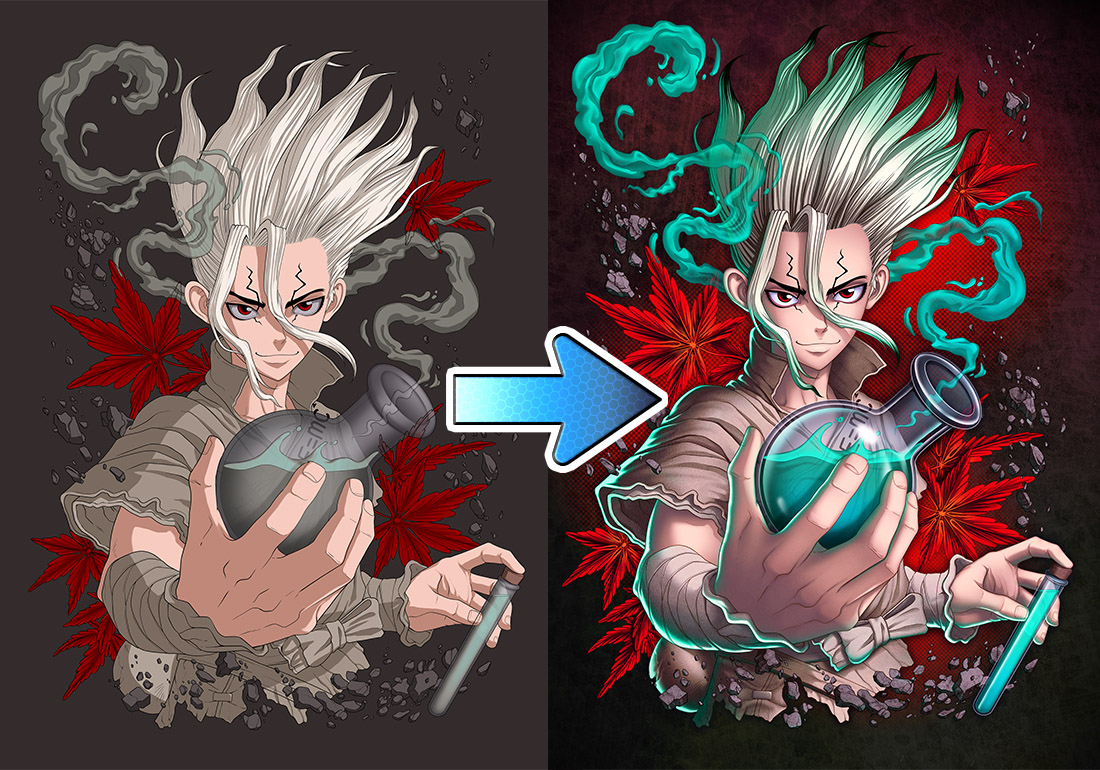
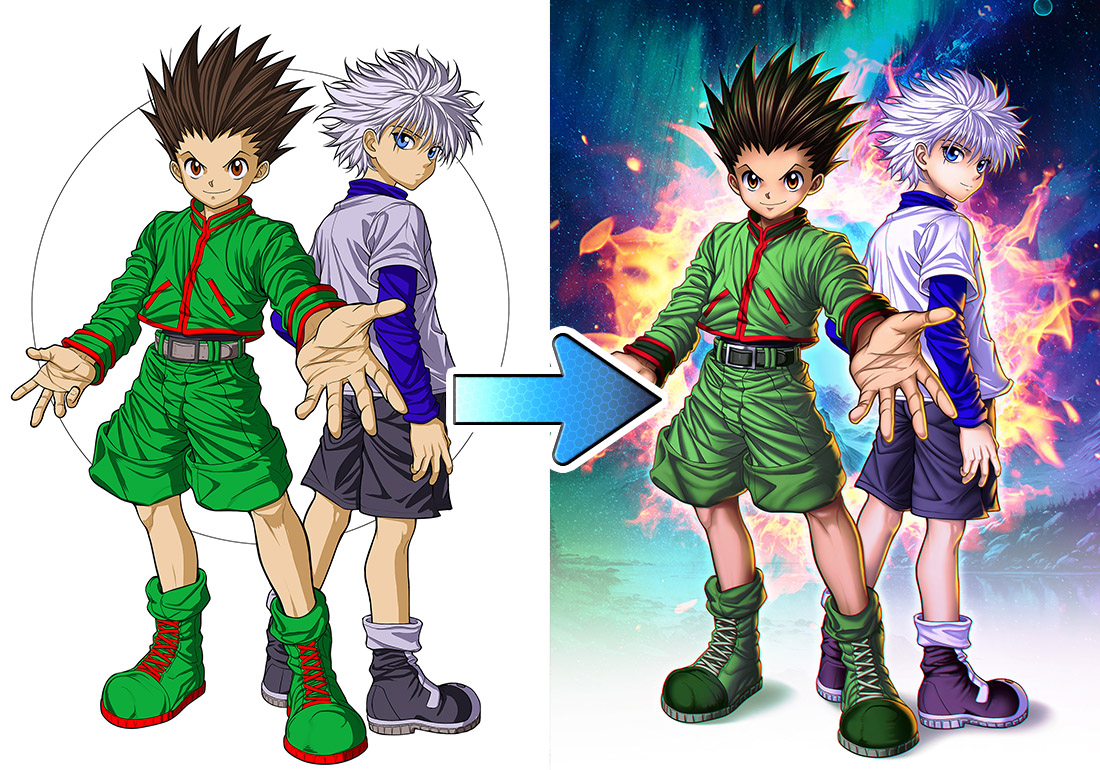
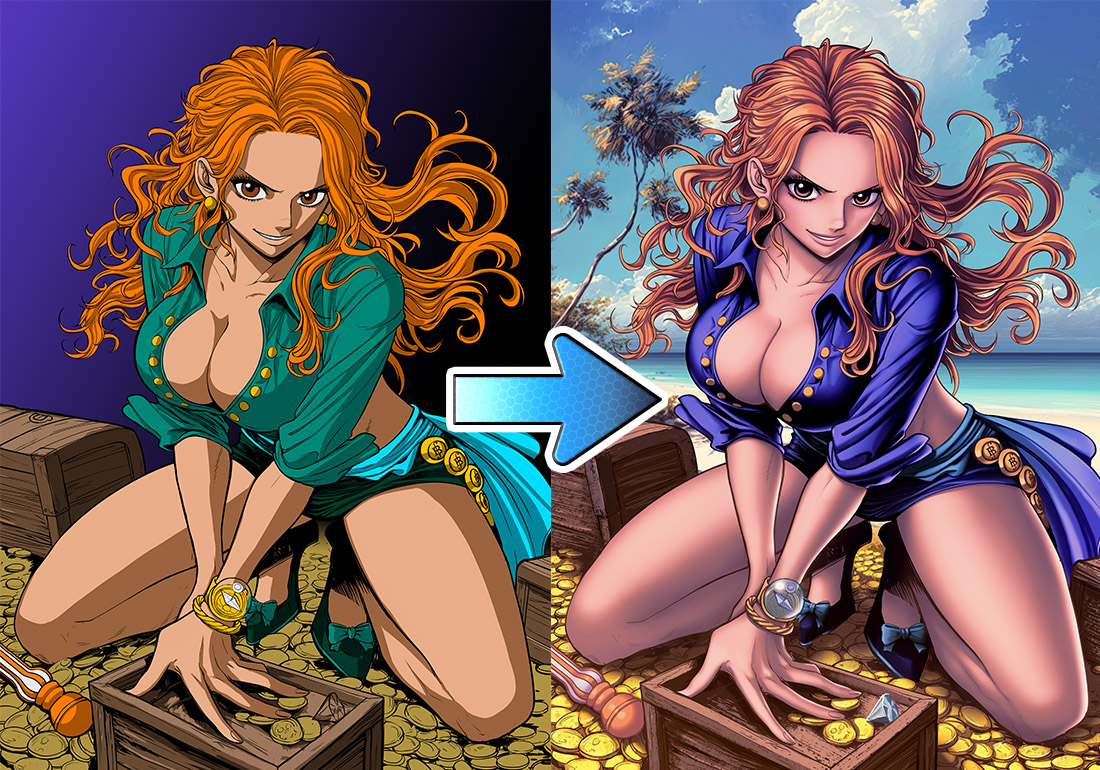


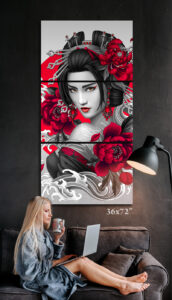

 Smaller images can look fine on a screen- especially mobile devices. They only print small and when enlarged they become pixilated and grainy. This makes them unsuitable for printing onto products. Another advantage to uploading smaller images is that they load faster, plus take up less space on your hard drive or SD card.
Smaller images can look fine on a screen- especially mobile devices. They only print small and when enlarged they become pixilated and grainy. This makes them unsuitable for printing onto products. Another advantage to uploading smaller images is that they load faster, plus take up less space on your hard drive or SD card. Not to be confused with screen resolution, when an image is printed, it's pixels per inch (ppi) is taken into account to determine its print resolution and level of quality. [Note- for the sake of argument, I sometimes use the terms 'ppi' and 'dpi' (dots per inch) interchangeably]
Not to be confused with screen resolution, when an image is printed, it's pixels per inch (ppi) is taken into account to determine its print resolution and level of quality. [Note- for the sake of argument, I sometimes use the terms 'ppi' and 'dpi' (dots per inch) interchangeably] Most images shared online will be saved as a compressed JPEG file. This typically uses .jpg extension at the end of the file name. Even a large, high-res Jpeg won't be suitable for print if it's been super compressed.
Most images shared online will be saved as a compressed JPEG file. This typically uses .jpg extension at the end of the file name. Even a large, high-res Jpeg won't be suitable for print if it's been super compressed. Your digital watermark could be a logo or signature. Watermarks usually cover a portion of the art with a semi-transparent logo or word which makes the image less useful without totally obscuring it.
Your digital watermark could be a logo or signature. Watermarks usually cover a portion of the art with a semi-transparent logo or word which makes the image less useful without totally obscuring it. 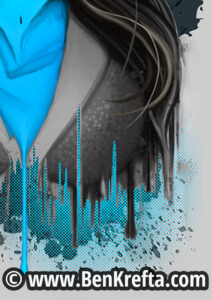 Similarly to adding a watermark, you could add a copyright notice to your image. By default, any artwork created by an author grants them automatic copyright and ownership (other than in work-for-hire or other contractual relationships). However, adding a line of text to state the artwork has an owner may deter a few thieves and make people aware of the image's author.
Similarly to adding a watermark, you could add a copyright notice to your image. By default, any artwork created by an author grants them automatic copyright and ownership (other than in work-for-hire or other contractual relationships). However, adding a line of text to state the artwork has an owner may deter a few thieves and make people aware of the image's author. Rather than adding copyright info or a web address to the image itself, you can always add this to any web page you post your images to. On social media, add hash tags including your name, company or brand in the description box. This helps mitigate the damage from social media shares where people don’t give credit.
Rather than adding copyright info or a web address to the image itself, you can always add this to any web page you post your images to. On social media, add hash tags including your name, company or brand in the description box. This helps mitigate the damage from social media shares where people don’t give credit. You could decide to post just a cropped version of the full image you have. This isn't necessarily a great solution and the crop still has a chance of being taken, but in a few select cases, it could work as a deterrent.
You could decide to post just a cropped version of the full image you have. This isn't necessarily a great solution and the crop still has a chance of being taken, but in a few select cases, it could work as a deterrent. Particularly for digital artists and photographers, one thing to consider is printing out your work, then taking and sharing photos of it. It can be taken at a slight angle by tilting the work, placed in a frame or held up to the camera. Any ambient shadows or lighting stops a thief from being able to download a clean version of the image suitable to add to products.
Particularly for digital artists and photographers, one thing to consider is printing out your work, then taking and sharing photos of it. It can be taken at a slight angle by tilting the work, placed in a frame or held up to the camera. Any ambient shadows or lighting stops a thief from being able to download a clean version of the image suitable to add to products.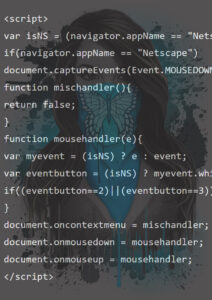 If you manage your own website and have some coding know-how, you can disable right-clicking on your images. Therefore not allowing the option to save them. Or you can make images only downloadable 'webp' files which means they'll only open in a browser. This makes it a bit harder for some people to save your images to their devices.
If you manage your own website and have some coding know-how, you can disable right-clicking on your images. Therefore not allowing the option to save them. Or you can make images only downloadable 'webp' files which means they'll only open in a browser. This makes it a bit harder for some people to save your images to their devices. If you make it easy for people to contact you, they’ll be more likely to ask for permission to use your work. Mention your web address or how people can contact you on the sites you post on. If you don’t want to grant permission, you can still politely decline. On my site, the
If you make it easy for people to contact you, they’ll be more likely to ask for permission to use your work. Mention your web address or how people can contact you on the sites you post on. If you don’t want to grant permission, you can still politely decline. On my site, the 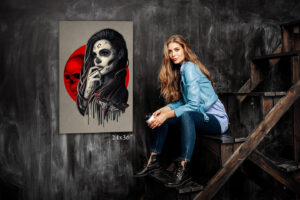


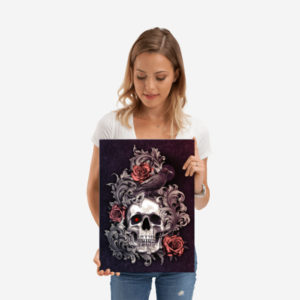
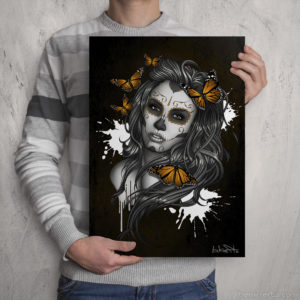
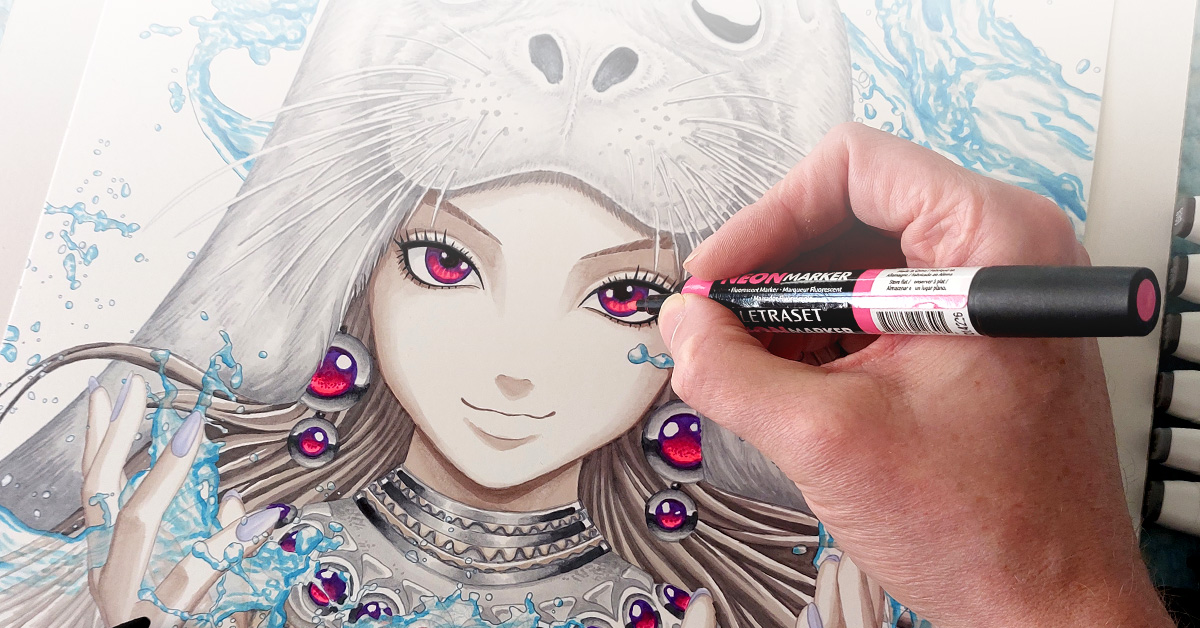
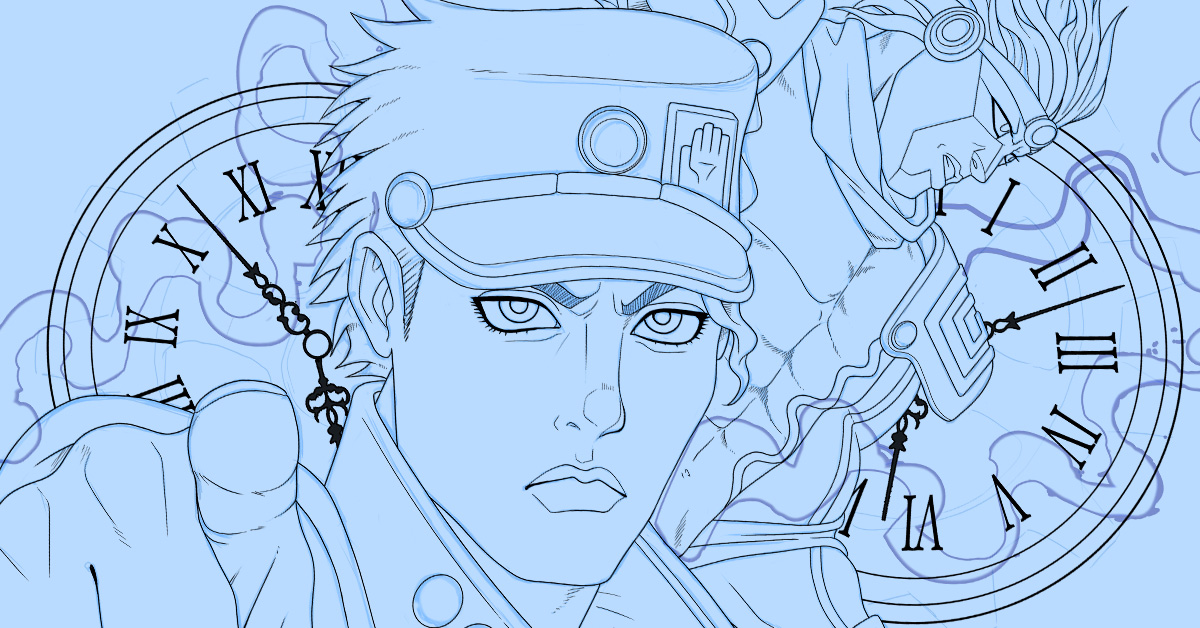
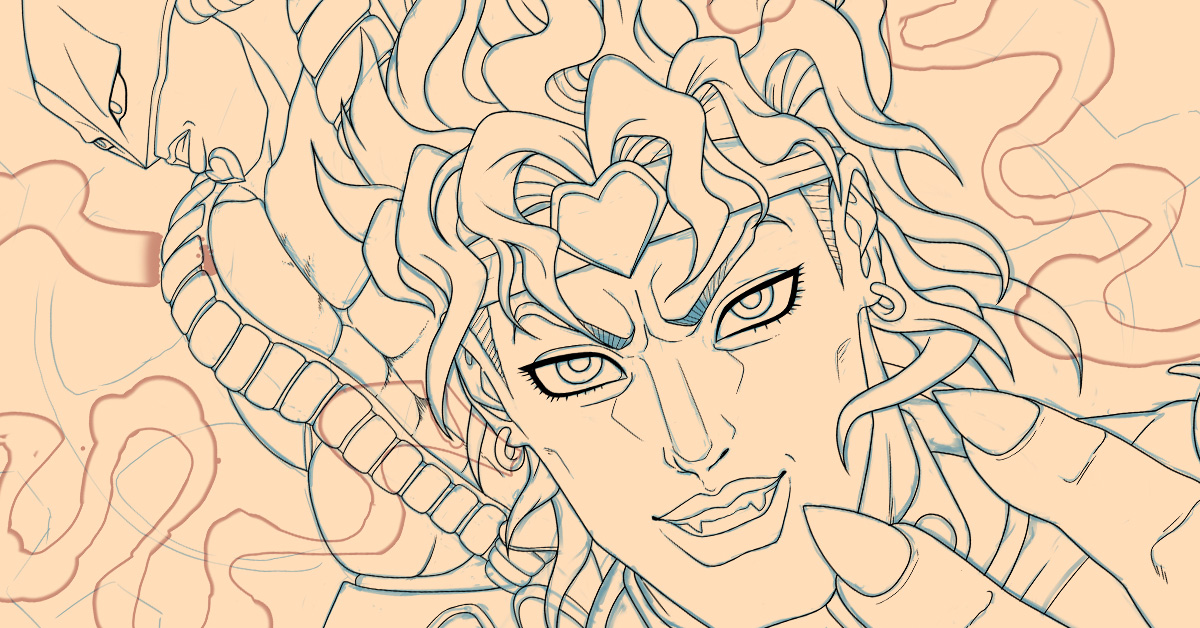
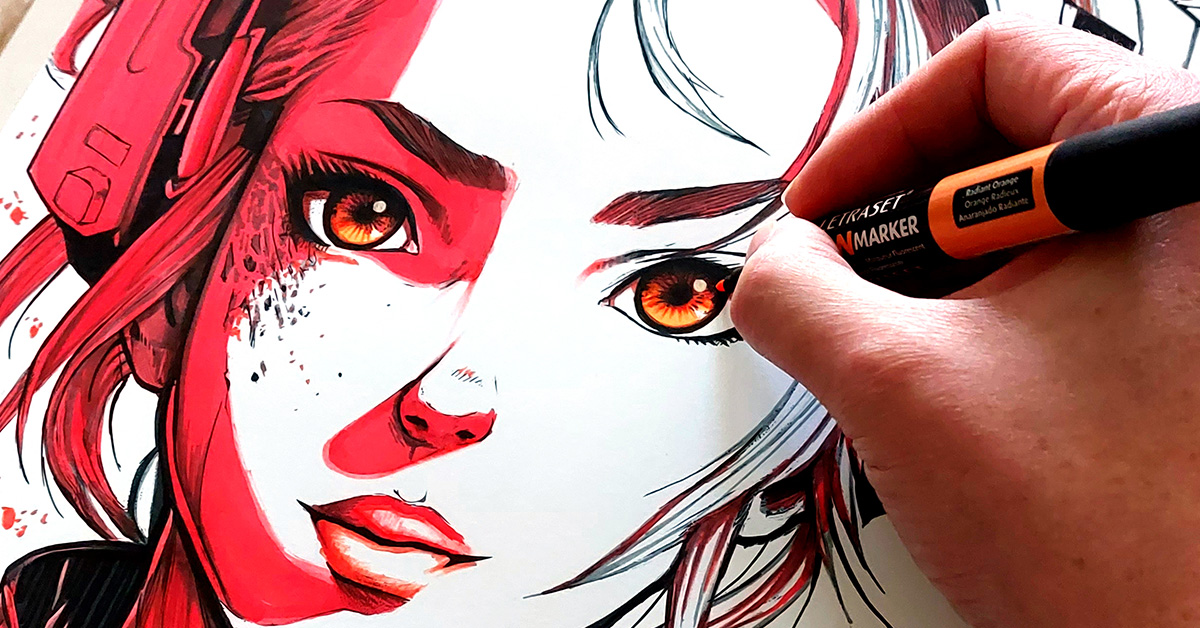

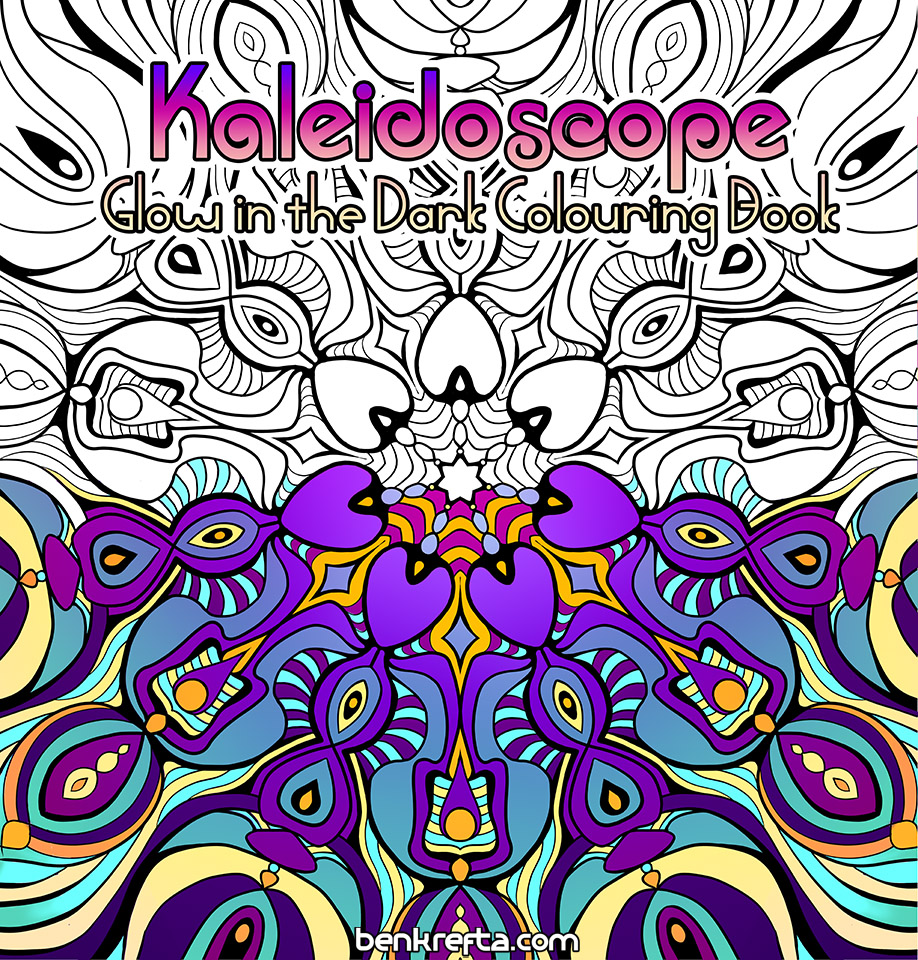 The cover art sample was provided to the client. Despite being a black and white colouring book on the inside, I wanted to give it a colourful, psychedelic vibe.[/caption]
The cover art sample was provided to the client. Despite being a black and white colouring book on the inside, I wanted to give it a colourful, psychedelic vibe.[/caption]
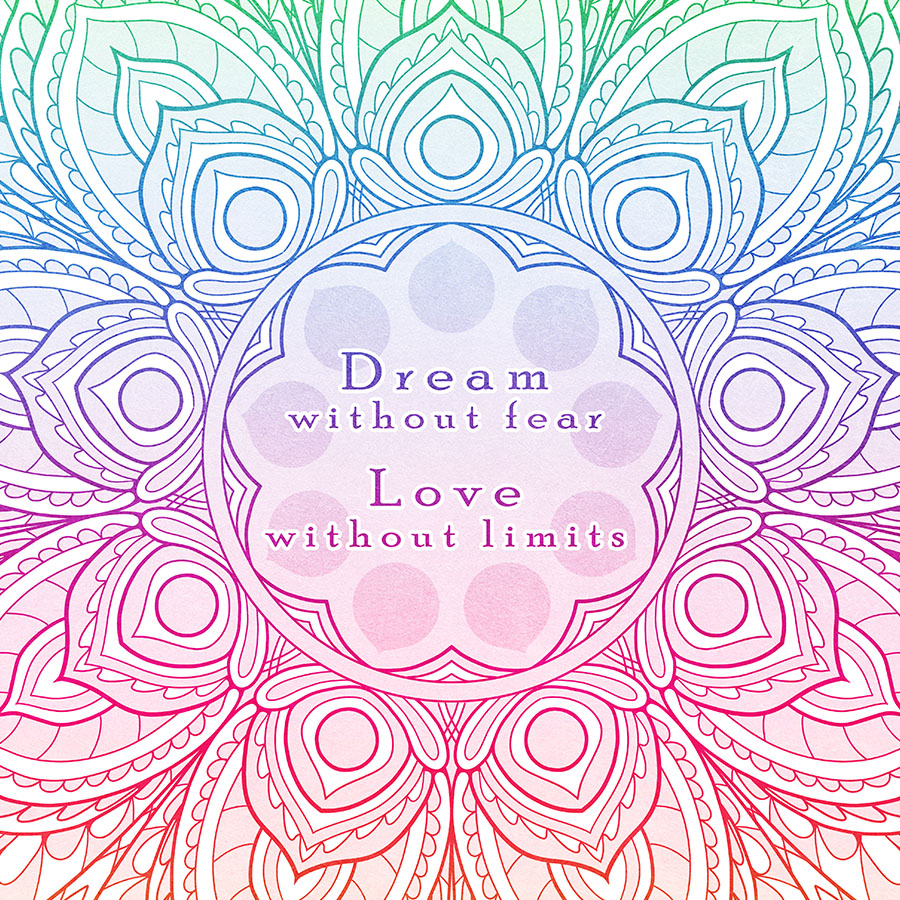
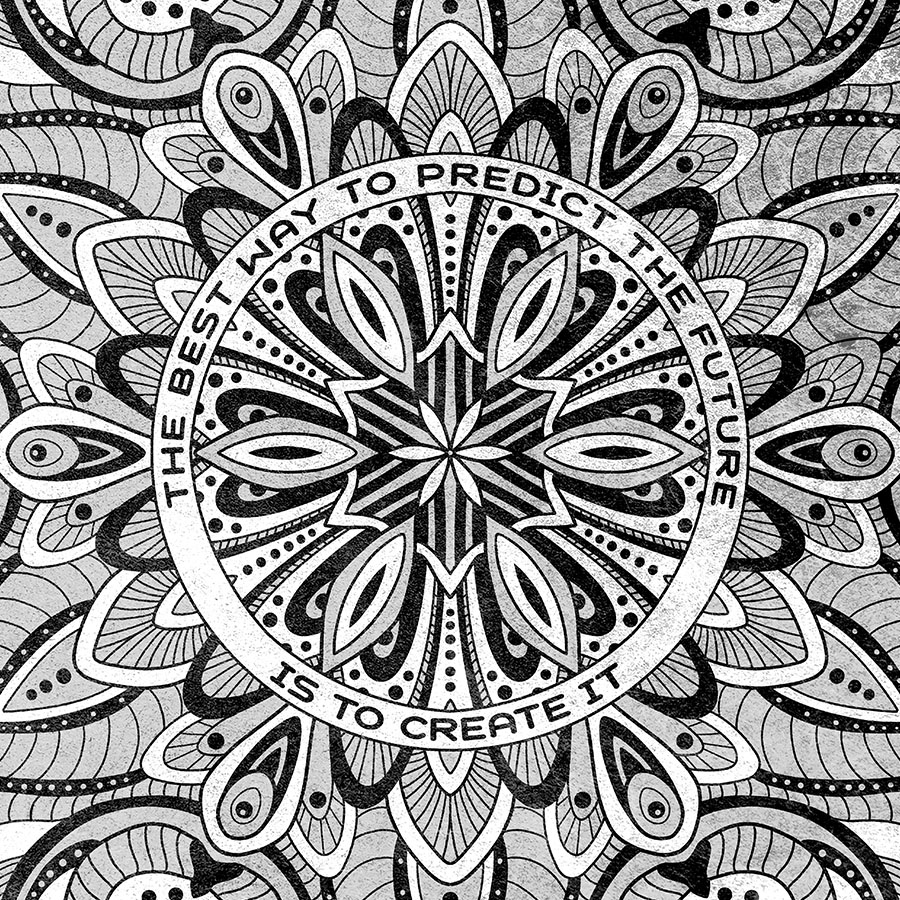
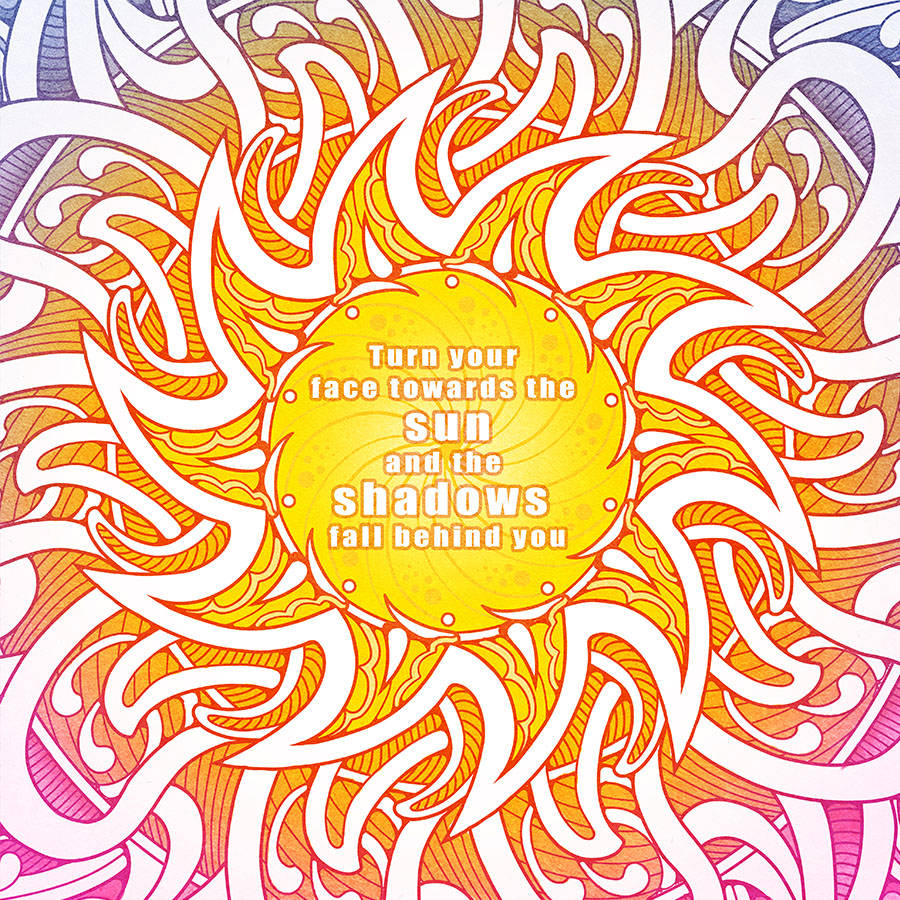
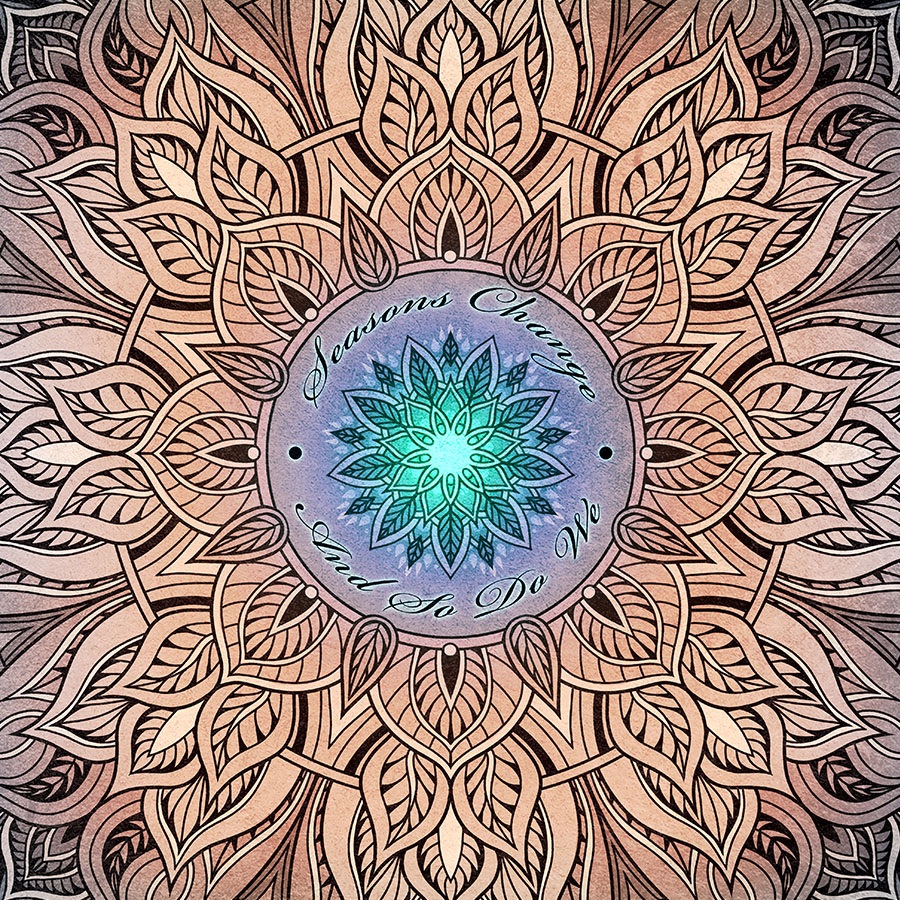
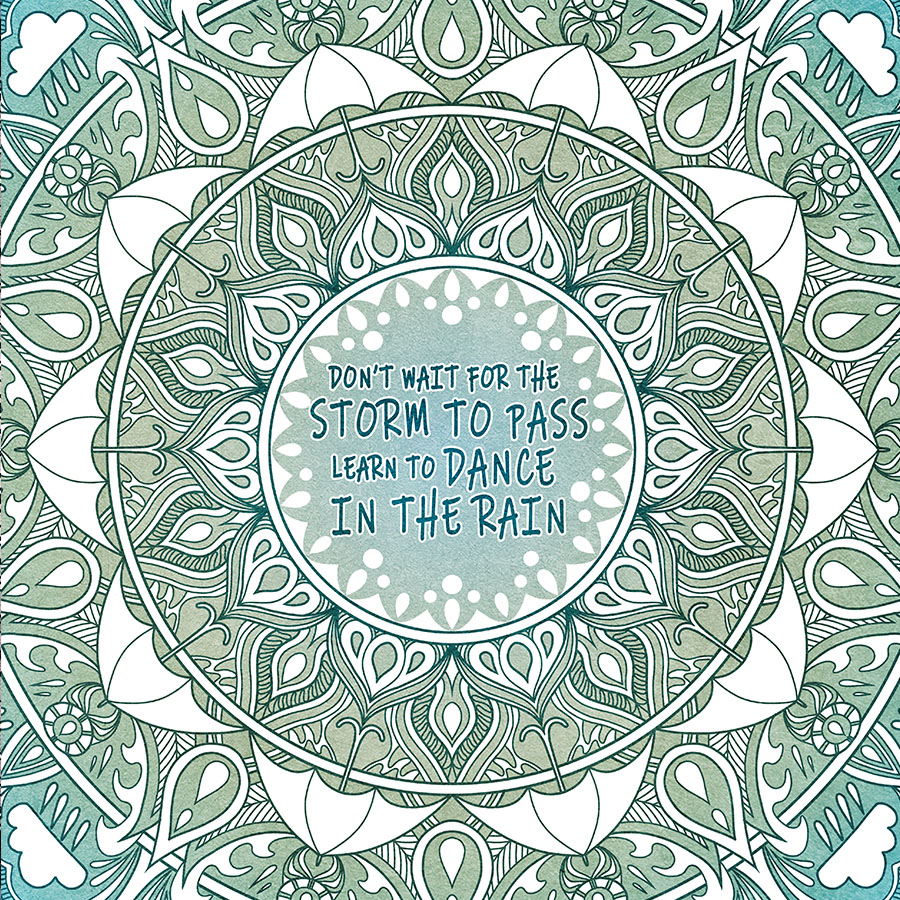


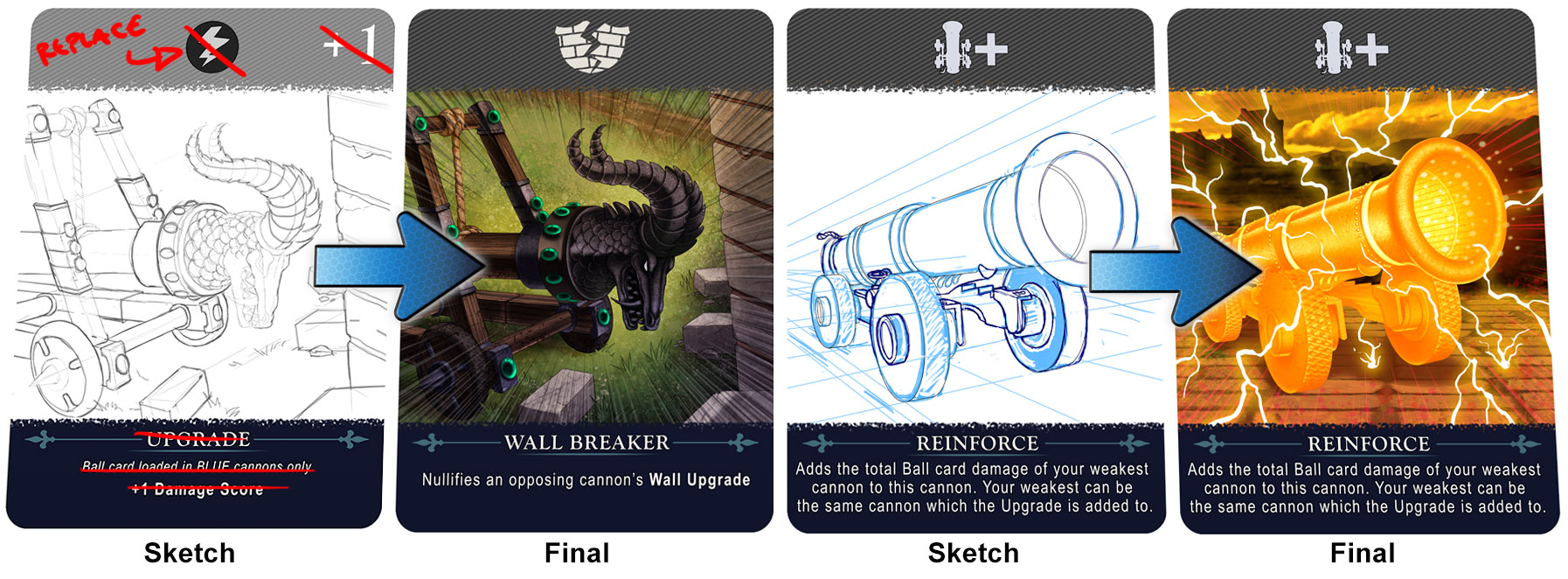


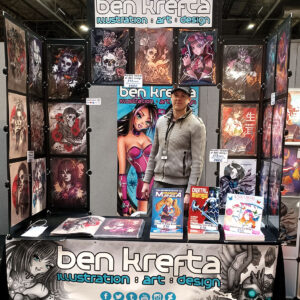


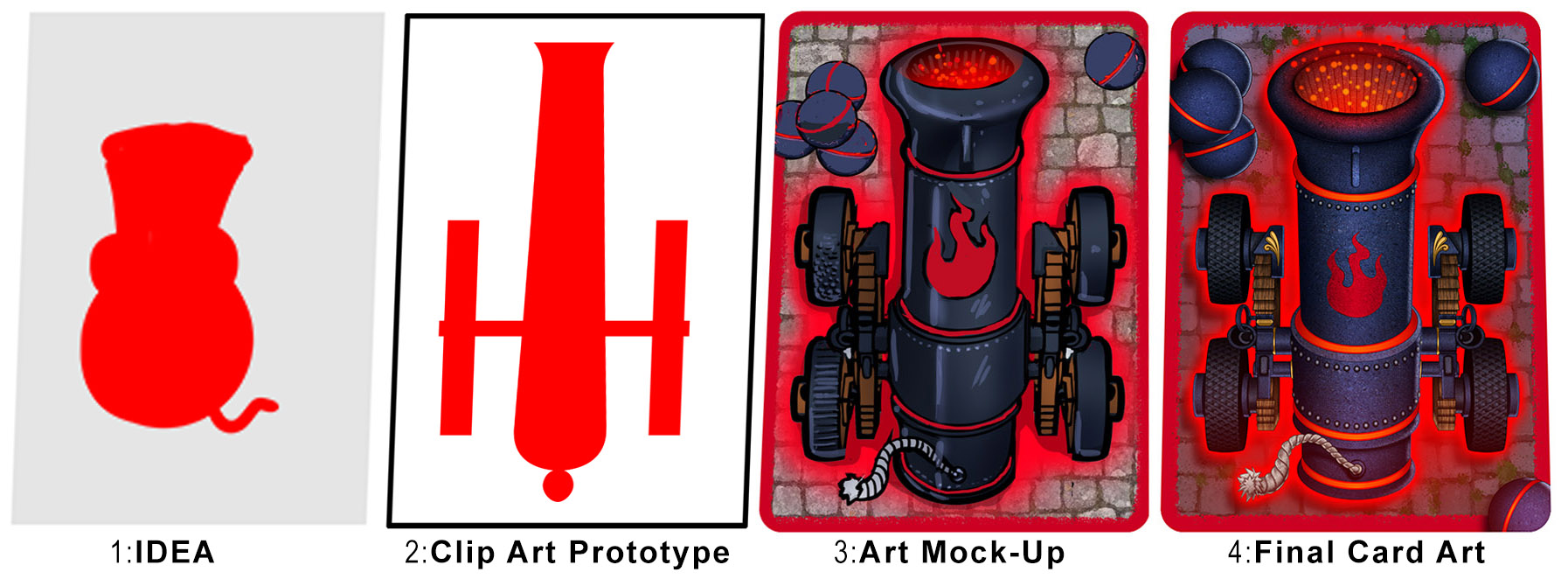
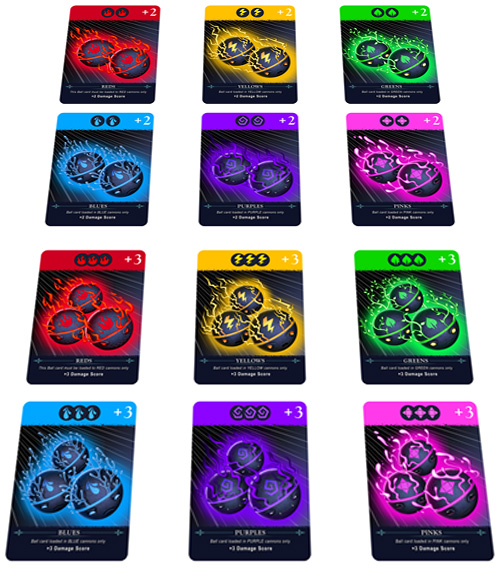


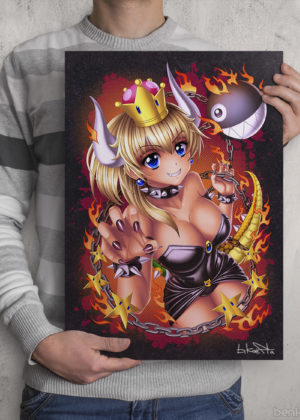




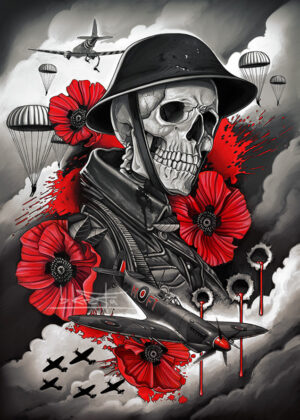
 RSS – Posts
RSS – Posts